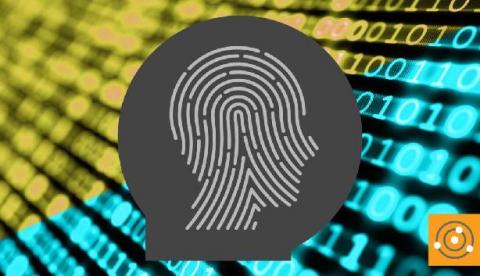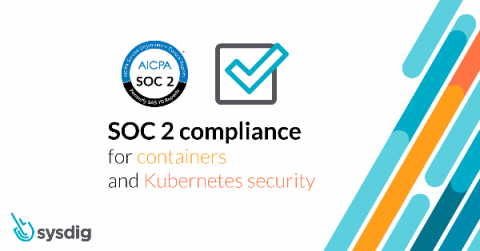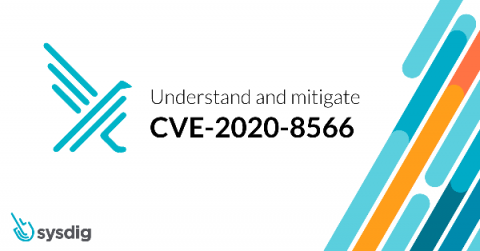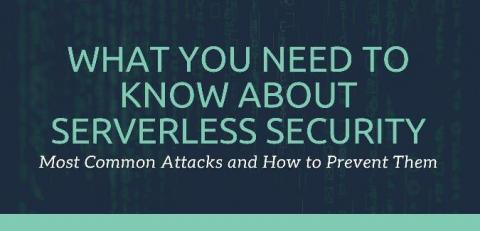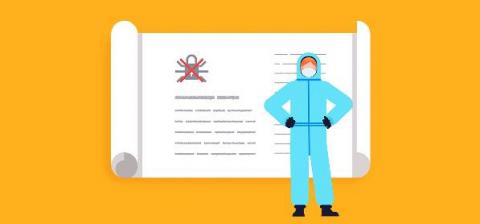Operations | Monitoring | ITSM | DevOps | Cloud
Security
The latest News and Information on CyberSecurity for Applications, Services and Infrastructure, and related technologies.
The Perfect World (Without Outages)
Phishing Emails - Less Ocean, More Aquarium
Here at Splunk, when we discuss Splunk Phantom with customers we end up talking about phishing pretty frequently because it’s something like Olivia outlined in a recent blog post, "Between Two Alerts: Phishing Emails — Don’t Get Reeled In!", customers both encounter and talk to us about all the time. It makes a lot of sense — phishing is a super common issue that almost everyone deals with ad nauseum and it’s annoying to investigate.
Protecting Your Data Privacy
SOC 2 compliance for containers and Kubernetes security
This article contains useful tips to implement SOC 2 compliance for containers and Kubernetes. The Service Organization Controls (SOC) reports are the primary way that service organizations provide evidence of how effective their controls are for finance (SOC 1) or securing customer data (SOC 2, SOC 3). These reports are issued by the American Institute of Certified Public Accountants (AICPA).
Understanding and mitigating CVE-2020-8566: Ceph cluster admin credentials leaks in kube-controller-manager log
While auditing the Kubernetes source code, I recently discovered an issue (CVE-2020-8566) in Kubernetes that may cause sensitive data leakage. You would be affected by CVE-2020-8566 if you created a Kubernetes cluster using ceph cluster as storage class, with logging level set to four or above in kube-controller-manager. In that case, your ceph user credentials will be leaked in the cloud-controller-manager‘s log.
3 secrets of professional hackers your software team needs to know about
Tips for Updating Your Cybersecurity Plan
What You Need to Know About Serverless Security
Developers at Airbnb, BBC, Netflix, and Nike all share something in common: They’re using serverless computing to ship new products and features faster than ever. And they represent a growing trend. As businesses compete to quickly deliver customer value, a whopping 60% of enterprises have already adopted, or are planning to use, serverless architectures.
Five worthy reads: Preparing an incident response plan for the pandemic and beyond
Five worthy reads is a regular column on five noteworthy items we’ve discovered while researching trending and timeless topics. With the rising concern over cyberattacks in the distributed workforce, this week we explore the concept of cybersecurity incident response during a pandemic.





